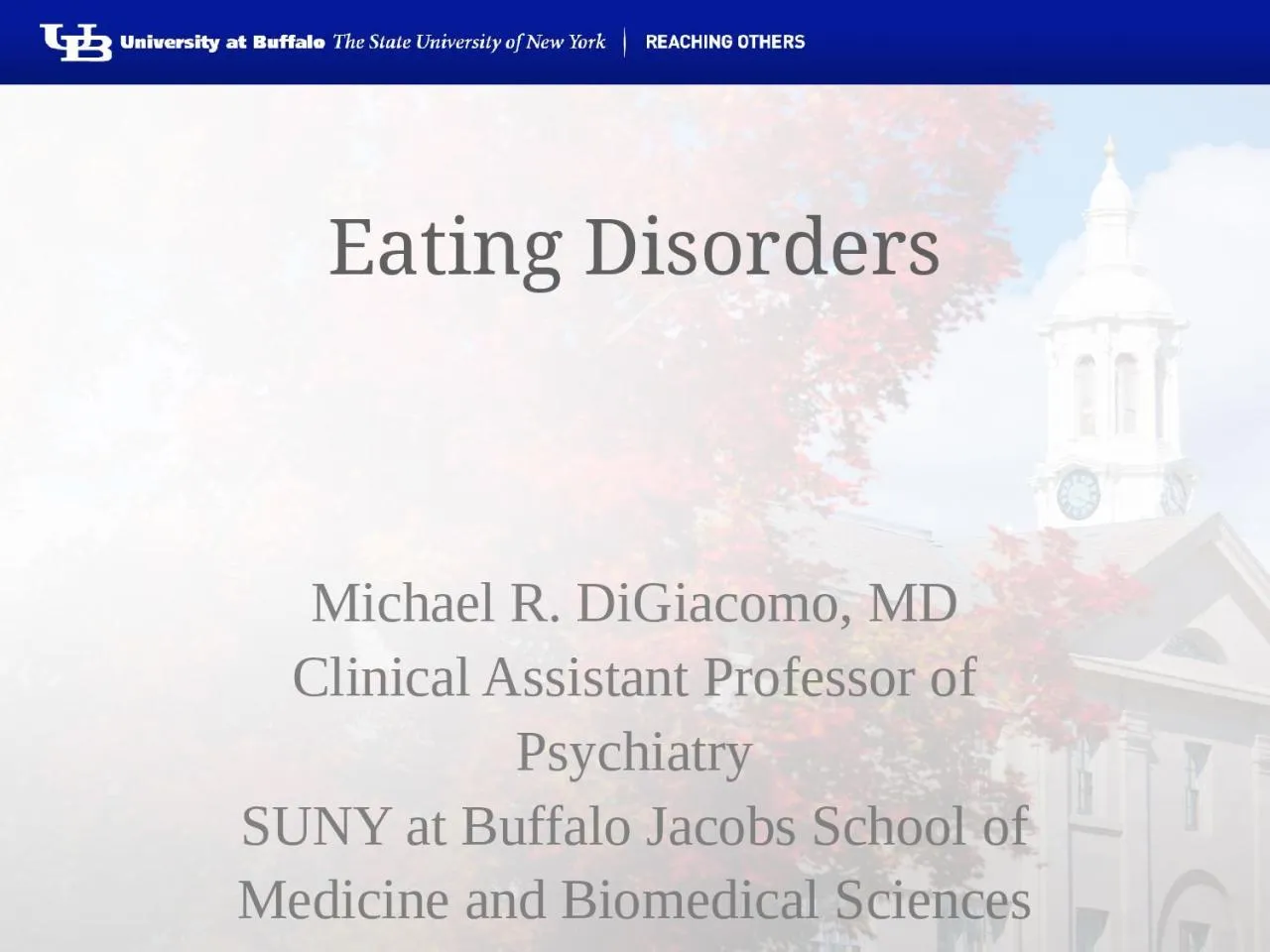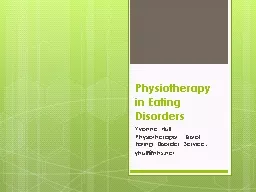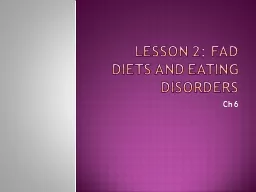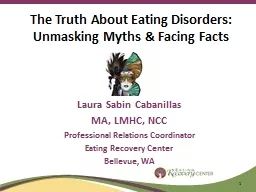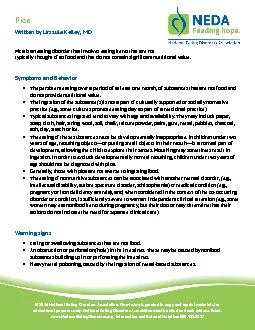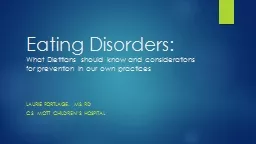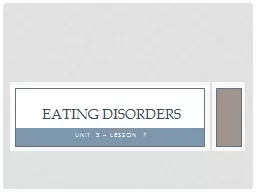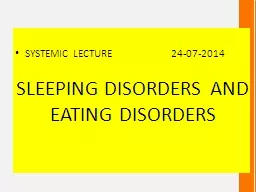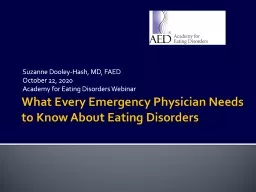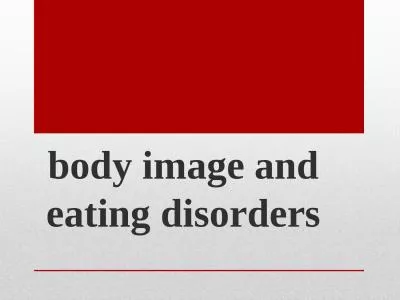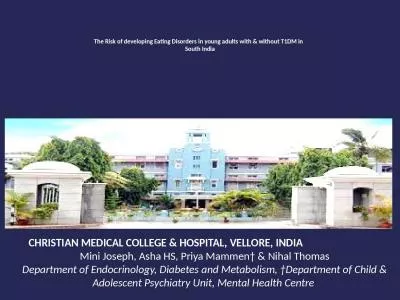PPT-Eating Disorders Michael R. DiGiacomo, MD
Author : fiona | Published Date : 2022-05-31
Clinical Assistant Professor of Psychiatry SUNY at Buffalo Jacobs School of Medicine and Biomedical Sciences No significant financial general or obligation interests
Presentation Embed Code
Download Presentation
Download Presentation The PPT/PDF document "Eating Disorders Michael R. DiGiacomo, M..." is the property of its rightful owner. Permission is granted to download and print the materials on this website for personal, non-commercial use only, and to display it on your personal computer provided you do not modify the materials and that you retain all copyright notices contained in the materials. By downloading content from our website, you accept the terms of this agreement.
Eating Disorders Michael R. DiGiacomo, MD: Transcript
Download Rules Of Document
"Eating Disorders Michael R. DiGiacomo, MD"The content belongs to its owner. You may download and print it for personal use, without modification, and keep all copyright notices. By downloading, you agree to these terms.
Related Documents

